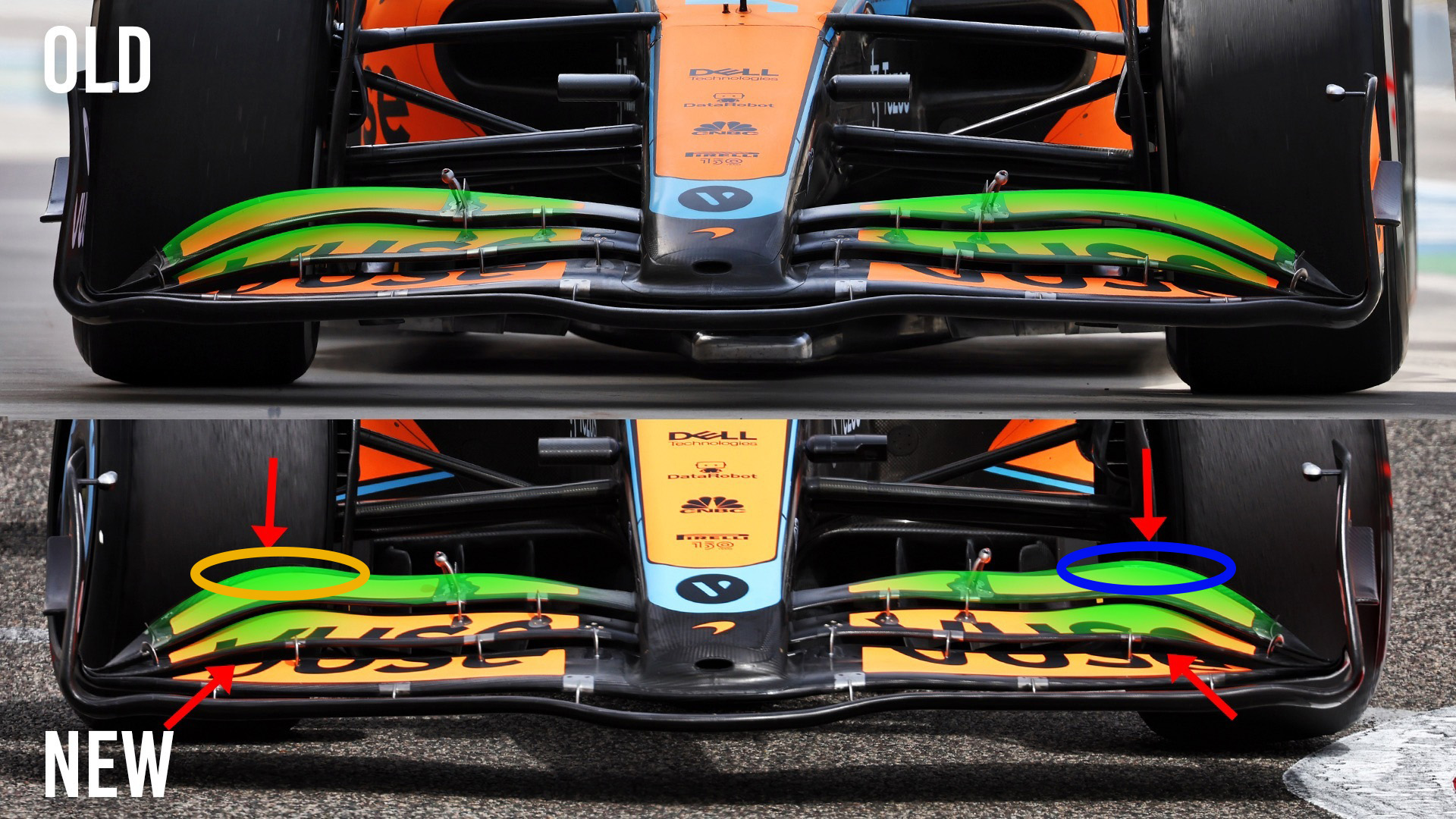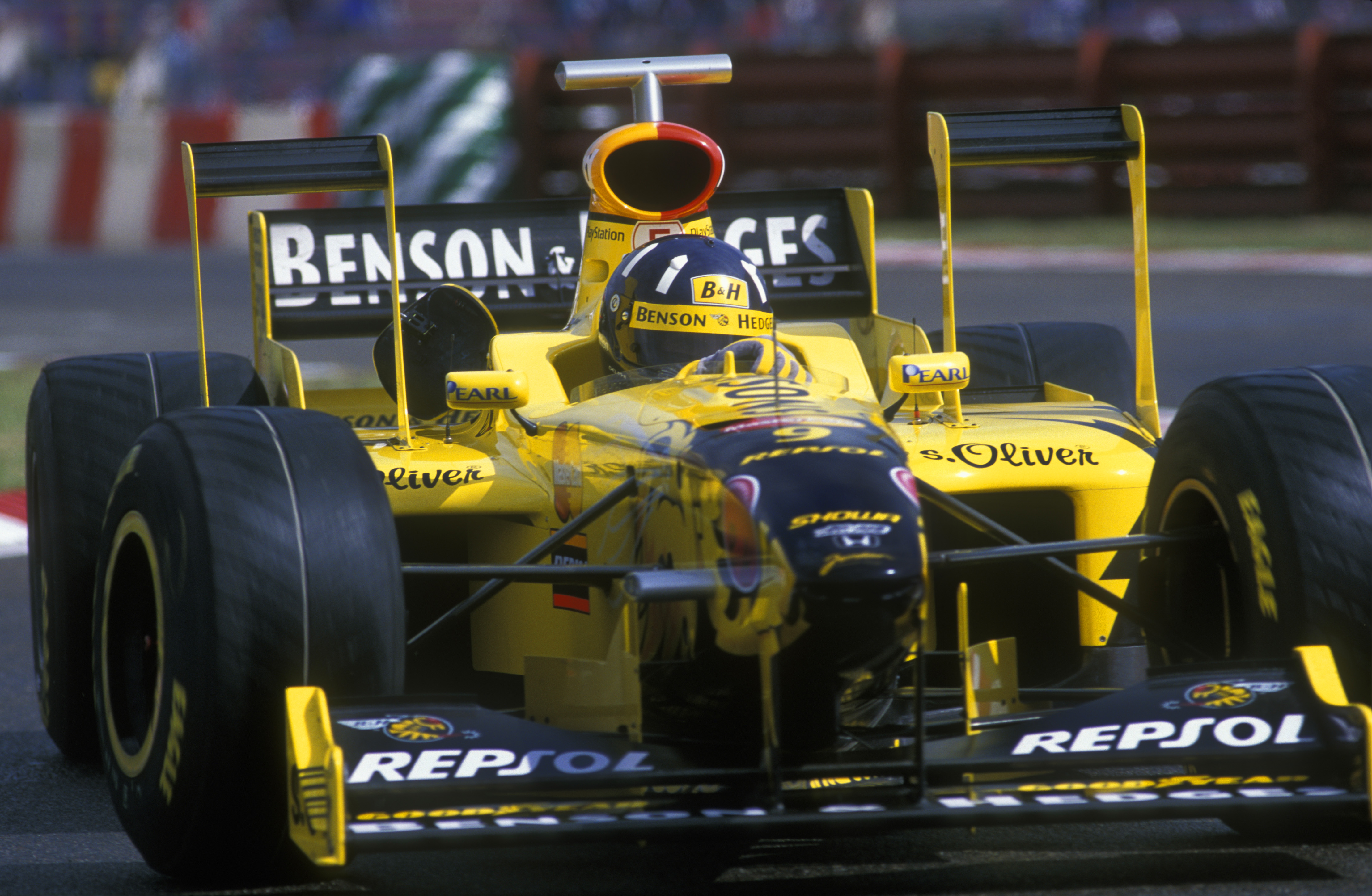Up Next

If you were paying close attention to the live footage of the second day of Bahrain Formula 1 testing, you will have seen McLaren driver Lando Norris doing something strange.
This was aero-data gathering using more steering lock than was necessary. Effectively, he was making some of the slow-speed corners much tighter than they really are.
The reason for this is that McLaren is trying to find a solution for the inherent slow-speed understeer that most teams are struggling with.
If you look at McLaren’s not-so-new front wing flaps, especially the rear flap trailing edge, and compare it to the newer version you will see it is loaded more just at the inside of the front tyre and loaded less further inboard of that. This is to try to increase the front downforce when more steering lock is applied while keeping the same front load when the front wheels are straight ahead.
The area of wing in front of these large front tyres doesn’t generate much of the front aero load when the steering is straight ahead, or even with a small amount of lock in the fast corners.
When the steering lock is increased for slow-speed corners (blue ellipse) on the driver’s left-hand side and our picture’s right-hand side it opens up that increased flap chord length. This allows it to produce more front downforce.

Obviously the opposite happens on the other side (yellow ellipse), so it creates that extra load on the inside of the car, which is exactly where you want it.
If you are an enthusiast who has been following F1 for a while, you might remember way back in 1998 when Jordan started the season poorly. By Silverstone, the ninth race of the season, we were back on track and the team went on to finish first and second at Spa and had some excellent results over the second half of the season.
The reason for this was the centre of pressure shift caused when steering lock was applied. At that time, we didn’t really research it much but when you are in trouble you need to dig deep.

So we looked into it only to find that the centre of pressure went rearwards as you applied steering lock and generated understeer. The more lock you applied because of the understeer, the more it went rearwards and the more understeer you got and this really didn’t make sense to the drivers.
A change of the front wing endplate design, bargeboards and leading edge of the sidepod completely changed this. With more steering lock, the centre of pressure went forward.
Problem solved, leading to a very competitive second half to the season.



